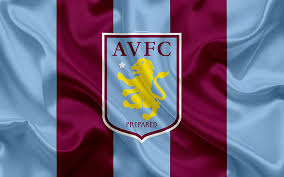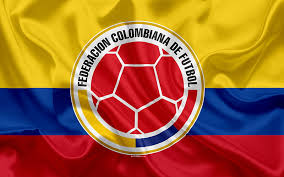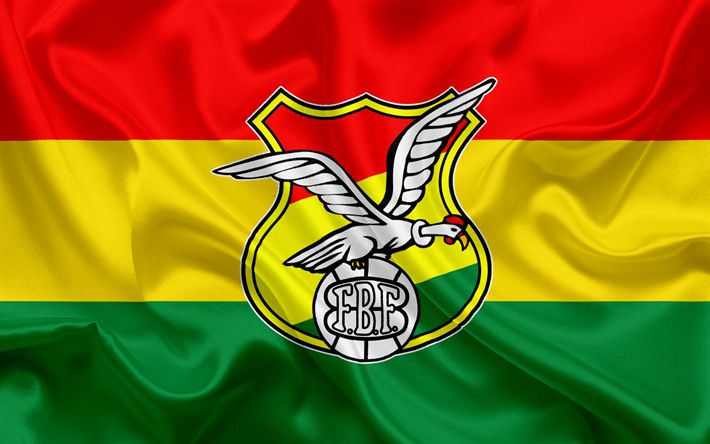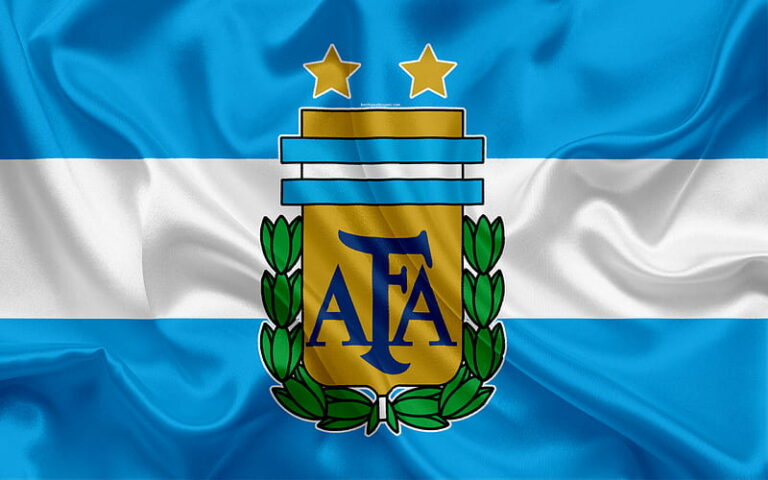
Dinamo Minsk FC
This historical outline reveals how Dinamo Minsk FC’s roots are intertwined with the broader political and social fabric of the region, shaping its identity as a resilient and ambitious football institution sut88.
The Club’s Modern Era Achievements, Players, and Challenges Dinamo Minsk FC
In recent decades, Dinamo Minsk FC has navigated a landscape marked by intense domestic rivalry, evolving European standards, and shifting fan dynamics. The club’s modern era showcases its efforts to reclaim its former glory while adapting to contemporary football demands.
Domestic Success and League Performance
Dinamo Minsk remains a formidable force in Belarusian football. The club boasts an impressive tally of league titles and domestic cup wins, asserting its dominance in the Belarusian Premier League.
Despite fierce competition from clubs like BATE Borisov and Torpedo-BelAZ Zhodino, Dinamo Minsk maintains a strong competitive edge, often finishing near the top of the table. Their consistent performance underscores a winning mentality rooted in a combination of experienced coaching staff and talented young players.
Notable Players and Youth Development
Over the years, Dinamo Minsk has been a breeding ground for talented footballers. Many have gone on to represent Belarus at the international level or secure moves to more prominent European leagues.
Current and past notable players include:
- International stars who have developed through the club’s youth system.
- Strikers and midfield maestros known for their technical prowess.
- Defensive stalwarts recognized for their tactical intelligence.
The club’s emphasis on youth development is evident through its academy systems, which focus on nurturing local talent and integrating them into the senior squad. This approach not only sustains the club’s competitiveness but also supports the national team’s growth.
Challenges Facing the Club Today
While Dinamo Minsk enjoys a storied legacy, it faces modern challenges:
- Financial constraints limiting transfer budgets and facility upgrades.
- Competition from wealthier clubs within Belarus and neighboring countries.
- Maintaining fan engagement amidst globalization and digital transformation.
- Improving European performances to raise the club’s profile globally.
These challenges demand innovative strategies, including enhancing scouting networks, adopting advanced training methods, and expanding outreach to younger generations of supporters.
European Campaigns and International Presence
Historically, Dinamo Minsk has made notable appearances in European competitions, most memorably reaching the quarter-finals of the European Cup (now the UEFA Champions League) in 1982—a rare achievement for clubs from Belarus.
Recent campaigns have seen the club navigating through qualifying rounds, often facing tough opposition from established European teams. These experiences are invaluable, providing lessons in professionalism and strategic planning necessary for overcoming high-level opponents.
Strategy for Future Growth
Looking ahead, Dinamo Minsk FC aims to:
- Strengthen its youth academy to produce future stars.
- Invest in modern facilities and sports science.
- Build partnerships across Europe to facilitate player exchanges and knowledge sharing.
- Enhance branding and marketing efforts to grow its global footprint.



